Genus PlatycodonA.DC. Rank Species | Subfamily Campanuloideae Scientific name Platycodon grandiflorus Higher classification Platycodon | |
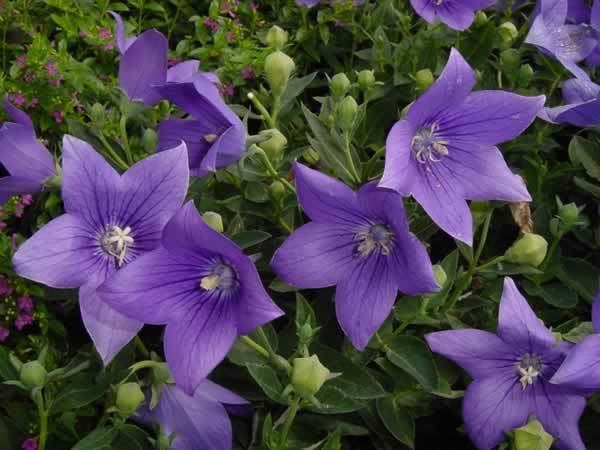 | ||
Similar Codonopsis lanceolata, Glycyrrhiza uralensis, Wolfiporia extensa, Campanulaceae, Bai zhu | ||
Platycodon grandiflorus garden center online costa brava girona
Platycodon grandiflorus (from Ancient Greek πλατύς "wide" and κώδων "bell") is a species of herbaceous flowering perennial plant of the family Campanulaceae, and the only member of the genus Platycodon. It is native to East Asia (China, Korea, Japan, and the Russian Far East). It is commonly known as balloon flower (referring to the balloon-shaped flower buds), Chinese bellflower, or platycodon.
Contents
- Platycodon grandiflorus garden center online costa brava girona
- Platycodon grandiflorus balloon flower
- Description
- Korea
- Medicinal
- Japan
- References

Platycodon grandiflorus balloon flower
Description
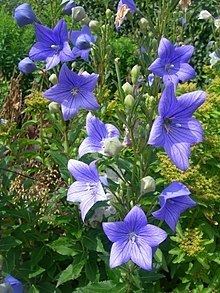
Growing to 60 cm (24 in) tall by 30 cm (12 in) wide, it is an herbaceous perennial with dark green leaves and blue flowers in late summer. A notable feature of the plant is the flower bud which swells like a balloon before fully opening. The five petals are fused together into a bell shape at the base, like its relatives, the campanulas. There are varieties with white, pink and purple blooms in cultivation. In Korea, white flowers are more common. This plant together with its cultivars 'Apoyama group' and 'Mariesii' have gained the Royal Horticultural Society's Award of Garden Merit.
Korea
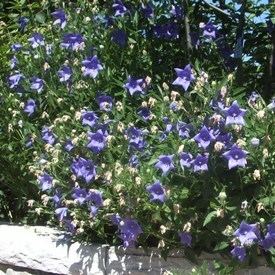
In Korea, the plant as well as its root is referred to as doraji (도라지). The root, fresh or dried, is one of the most common namul vegetables. It is also one of the most frequent ingredients in bibimbap. In Korean cuisine, the preparation of doraji always involve soaking and washing, which gets rid of the bitter taste of it. To wash doraji, one may rub it with coarse sea salt, and rinse it multiple times.
Condiments
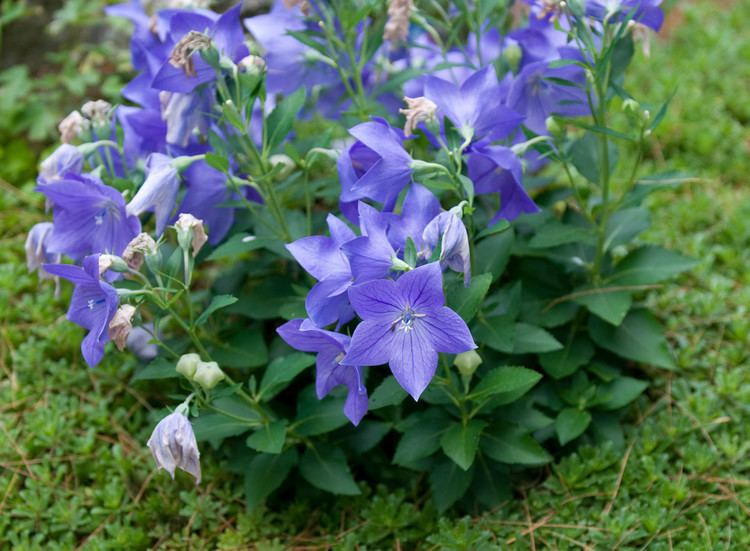
Dishes
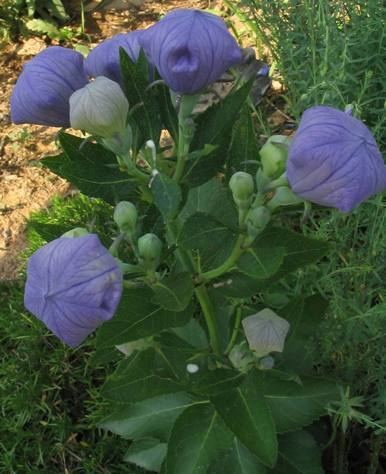
Drinks
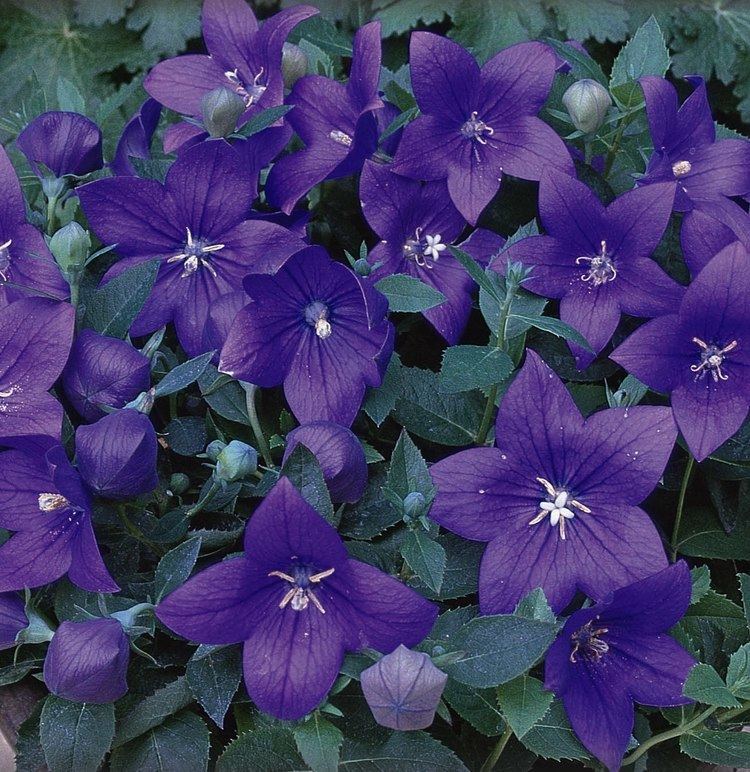
Medicinal
The Chinese bellflower (called 桔梗 in Chinese) is also used in traditional Chinese medicine.
The extracts and purified platycoside compounds (saponins) from the roots of Platycodon grandiflorum may exhibit neuroprotective, antimicrobial, anti-inflammatory, anti-cancer, anti-allergy, improved insulin resistance, and cholesterol-lowering properties. Evidence for these potential effects was mainly observed in vitro, with the exception of cholesterol lowering effects documented in vitro and in rats. The lack of efficacy and limited safety data in humans however, necessitates further research.
In Korea, the roots are commonly used for treating bronchitis, asthma, tuberculosis, diabetes, and other inflammatory diseases. In China, they are used as a cough suppressant and expectorant for common colds, cough, sore throat, tonsillitis, and chest congestion.
Japan
The bellflower is called kikyō (桔梗) in Japanese. Traditionally, it is one of the Seven Autumn Flowers. In addition, the "Bellflower Seal" (桔梗紋, kikyōmon) is the crest (kamon) of some clans.
Korea
Doraji taryeong (Korean: 도라지타령) is one of the most popular folk songs in both North and South Korea, and in China among the ethnic Koreans. It is also a well known song in Japan, by the name Toraji (Japanese: トラジ).
It is a folk song originated from Eunyul in Hwanghae Province. However, the currently sung version is classified as Gyeonggi minyo (Gyeonggi Province folk song), as the rhythm and the melody have changed to acquire the characteristics of it.
